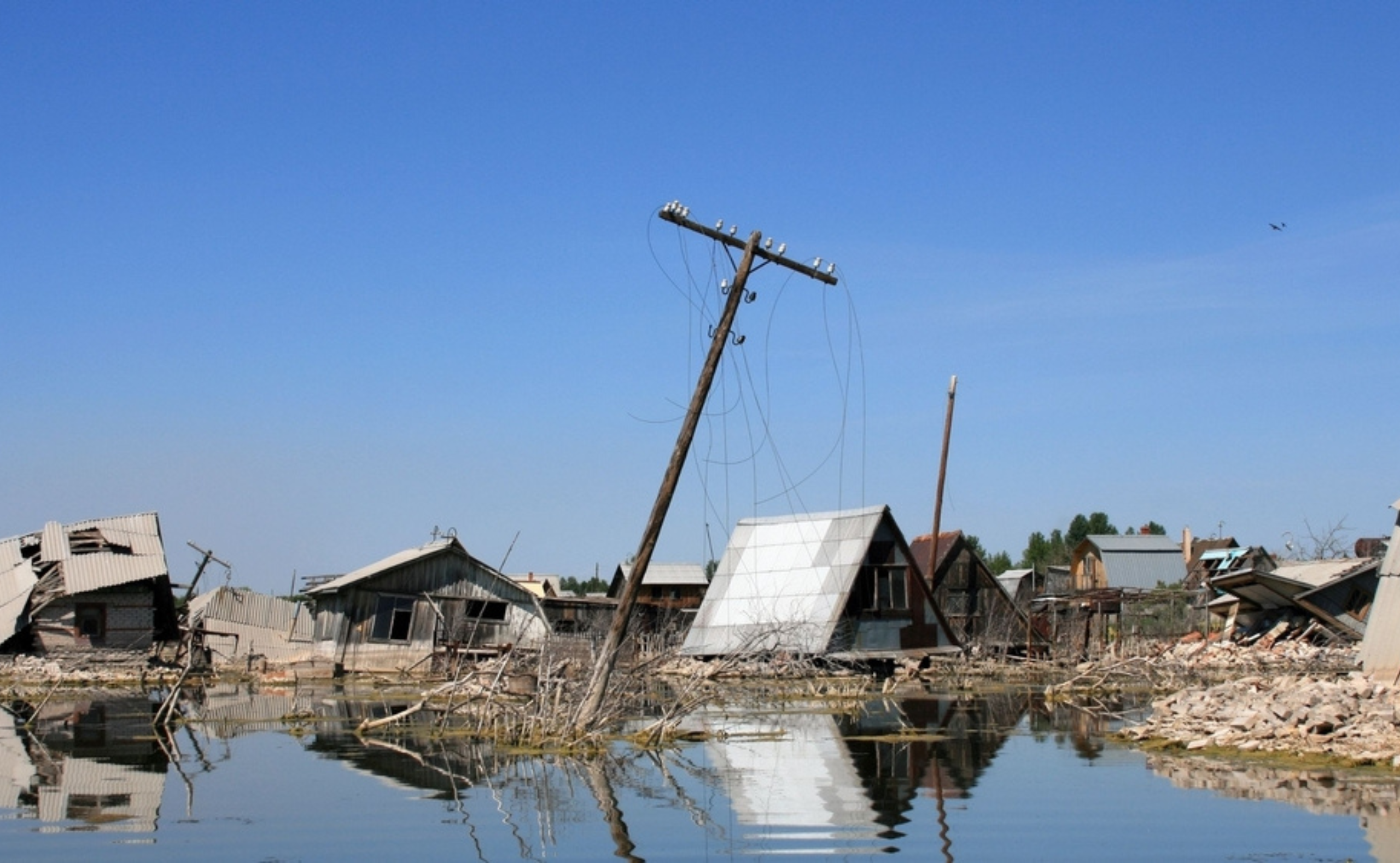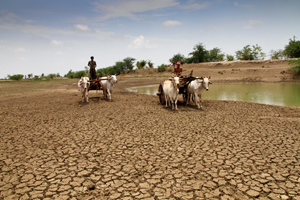
Ulrich Volz
Ulrich Volz is a professor of economics and director of the Centre for Sustainable Finance at SOAS University of London.

- Climate change, Finance sector development

- Economics, Finance sector development

- Economics, Finance sector development

- Economics, Finance sector development, Health

- Climate change, Economics, Environment, Finance sector development

- Economics, Environment, Finance sector development, Health

- Finance sector development
- Environment, Finance sector development, Industry and trade
By Ulrich Volz

- Economics, Education, Finance sector development

